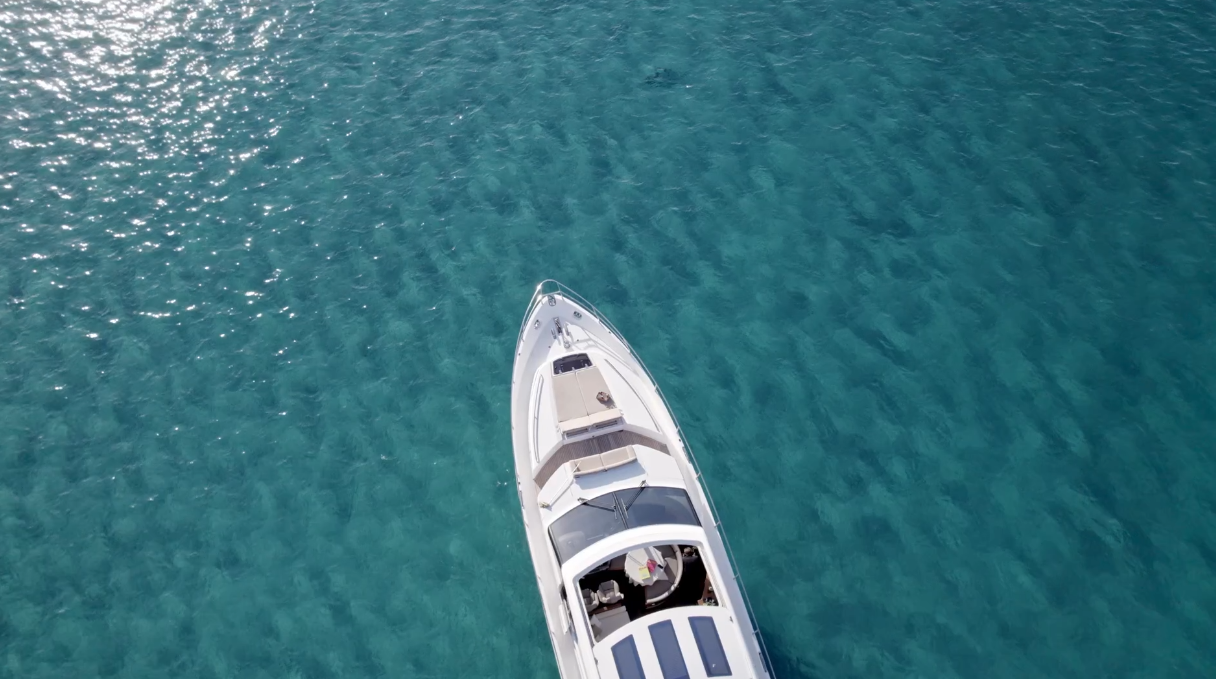Whether you want a licence for the sea or for canals and rivers, obtaining this licence has become increasingly simple over the years.
The 4 types of boating licence
There are two types of licence for the sea and two for canals and rivers.
Licences for the sea
With the coastal licence, you can drive a pleasure boat with a motor of more than 6 hp on the open sea, but also in lakes or on enclosed waters. The licence allows you to sail up to 6 miles (about 3.7 km) from the nearest shelter – by “shelter” we mean a place on the coast where the boat and its crew can get to safety.
The offshore licence also allows you to sail a seagoing boat with a motor of more than 6 hp, but this time without distance limits.
With a licence of this type in your pocket, you can rent a yacht during the summer to enjoy the summer sun and the ocean!
Canal licences
The inland waterways licence allows you to drive a boat with a motor of more than 6 hp, less than 20 m long. You can navigate rivers, lakes or canals without distance limits.
You must hold an inland waterways licence to be able to take the large inland waterways licence. With this other river boat licence, you can navigate rivers, canals and lakes with a pleasure boat of more than 6 HP and more than 20 m in length and for an unlimited distance.
The training to obtain a boat licence
There are a number of requirements for obtaining your boating licence:
- Be at least 16 years old;
- Be physically fit (visual and auditory acuity);
- Provide an administrative file including a passport photo, a photocopy of your identity card, a tax stamp and a medical certificate.
When you have completed the administrative procedures, your boat school will ask you to take various tests:
- A theory test consisting of 25 questions – it is common for the training centre to offer the possibility of practising online;
- Then a practical test with a certified sailing instructor for 3 hours where you will learn everything you need to know to drive a boat on the water!
What licence do I need to drive a jet-ski?
To be able to drive a jet-ski, you need to hold a pleasure boat licence and have a number of compulsory documents. You must also respect the rules on navigation distance and have the appropriate safety equipment.
Compulsory documents to pilot a jet-ski
Here are the documents you need to have with you in order to pilot a jet-ski:
- A boating licence or coastal boat licence;
- A traffic card;
- A signed boat rental or loan contract
However, you are not obliged to have a boating licence if you follow an introductory course under the responsibility of an approved trainer. You are also not required to have a licence if the jet ski you are using is on board a boat longer than 24m with a permanent professional crew, including a specifically trained captain.
Sailing rules
There are a few rules that must be observed when sailing a jet ski:
- If you are sailing a 1-seater jet-ski, you can go up to 2 nautical miles (about 3.7 km) from the nearest shelter. It is possible to travel within the 300m coastal strip, provided that you stay in the designated channels (canal, navigable passage) and keep to a maximum speed of 5 knots (10 km/h).
- If you intend to sail with a 2-seater jet-ski, you can go up to 6 nautical miles (about 11 km) from the nearest shelter. Travelling within the 300m coastal strip is also possible, with the same conditions as for the 1-seater jet-ski.
Passing your boating licence therefore requires commitment on your part. Depending on your geographical location, opt for a boat licence that is adapted to your needs. Once you have obtained your licence, you can sail with the wind as much as you like!

